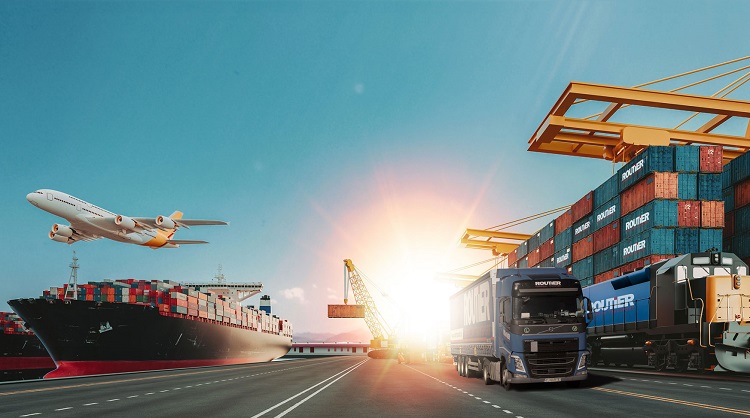Integrated transport solutions are transforming urban mobility. By streamlining how different modes of transportation connect with each other, cities are creating seamless and efficient travel experiences for their residents. This approach to urban planning takes into account the entire journey from start to finish, rather than viewing each leg as separate. As a result, commuters benefit from reduced travel times, lower expenses, and a decline in environmental impact.
At the heart of this system is the synergy between public transport options like buses, trains, and subways with private and non-motorized means such as bikes and walking paths. Real-time data and smart technology play crucial roles in ensuring smooth transitions between these modes. As cities expand and populations grow, the demand for such integration only becomes more pressing.
Adopting integrated transport solutions is not just about convenience; it’s a proactive step towards sustainable development. It supports the reduction of traffic congestion and pollution by encouraging the use of public transport and reduces reliance on personal vehicles. As people enjoy higher quality travel experiences, cities simultaneously move closer to achieving their goals for greener, more livable urban environments.
Table of Contents
Enhancing Connectivity and Accessibility
Integrated transport solutions play a pivotal role in forging connections among various modes of transport, offering users a cohesive journey from start to finish.
Seamless Multimodal Networks
Transport systems that integrate buses, trains, and other modes offer a smooth transition for commuters. For example:
- Rail to bus: Stations with timed connections between train arrivals and bus departures.
- Bike-sharing hubs at train stations to facilitate the last-mile journey.
This interconnectedness ensures that moving from one mode to another is hassle-free, significantly improving the overall travel experience.
Reduced Transit Times
Strategically designed networks help to minimize waiting times and streamline commutes. Consider the following strategies:
- Direct routes: Buses that use dedicated lanes bypass congested areas.
- Synchronized schedules: Aligning the timetables of different services to reduce wait times.
Through these measures, integrated transport systems help save precious time for users, making daily commutes more efficient. Corporate advisory services offer invaluable insight into risk management, operational efficiency, and strategic decision-making.
Economic and Environmental Impacts
Integrated transport solutions have the potential to reshape economies and environments by trimming costs and curbing emissions. These solutions streamline travel and freight movements, providing tangible benefits to urban centers and their inhabitants. Explore more about these solutions by visiting scheels.org.
Cost Savings for Individuals and Cities
Cities that invest in integrated transport systems can reap financial benefits. Key points include:
- Reduced Infrastructure Costs: By optimizing existing transport networks, cities can avoid the hefty expenses associated with building new infrastructure.
- Increased Efficiency: A unified transport network allows for timely travel and deliveries, which can lead to cost savings for both public services and private citizens.
Individuals also benefit financially from integrated transport solutions through:
- Lower Transportation Expenses: Using a coordinated transport system often means reduced need for private vehicles, leading to savings on fuel, maintenance, and parking.
- Affordable Access: With more options like buses, trams, or shared bikes, people can choose the most cost-effective mode of transport for their needs.
Emissions Reduction and Sustainable Practices
Sustainability is a central advantage of integrated transport systems. Noteworthy impacts include:
- Decreased Pollution: Consolidated trips and increased use of public transit result in fewer cars on the road, which leads to a significant drop in airborne pollutants.
- Energy Conservation: Efficient modes of transport and the shift away from individual car use reduces energy consumption across the board.
Moreover, these systems encourage sustainable urban growth by:
- Promoting Green Spaces: Less space is needed for roads and parking, allowing for more parks and recreation areas.
- Supporting Renewable Energy: Integrated systems often incorporate electric or hybrid buses and renewable energy sources, aligning with climate action goals.

